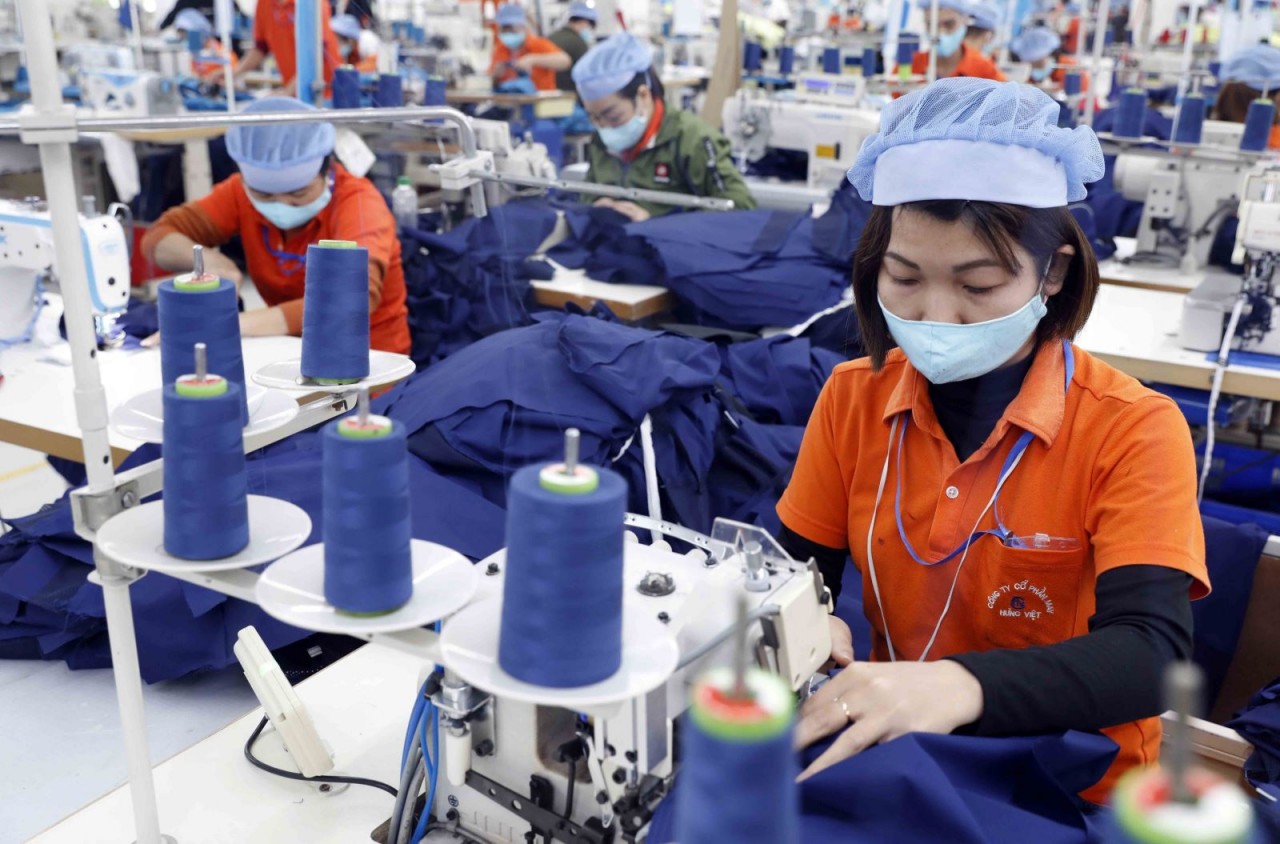
Vietnamese goods gain larger share on domestic market
Latest
 |
| Textile and garment makers are among those succeeding in conquering the domestic market. (Photo: VNA) |
Textile and garment makers are among those succeeding in conquering the domestic market. Firms such as Garment 10, Viettien, Duc Giang, Nha Be, Hoa Tho, Hanosimex and TNG have gained a firm foothold, and each recorded annual domestic revenues in hundreds of billions of VND.
Cao Huu Hieu, General Director of the Vietnam National Textile and Garment Group (Vinatex), said 10 years ago, Vietnamese consumers preferred foreign garment products due to their cheap prices, but now many people have selected domestically produced clothing with better quality.
Vinatex, apart from Hanoi, has opened more fashion shopping centres in other localities like Ho Chi Minh City in the south and Da Nang in the central region to give consumers easier access to quality domestic products, he noted.
A recent study by market research company Nielsen revealed that after the COVID-19 pandemic, 76 percent of Vietnamese consumers showed a preference for local products, especially branded, quality and healthy items.
This trend is partly attributed to the fact that Vietnamese goods now have higher competitiveness thanks to better quality and reasonable prices. As a result, they are enjoying increasing presence in different distribution channels.
According to the Ministry of Industry and Trade (MoIT), Vietnamese goods make up at least 90 percent of the products sold in supermarkets, for example 90-93 percent at Co.opmart, 90-95 percent at Satra, and 95 percent at Vissan. The rate stands at 60 percent and above at traditional markets and convenience stores.
Le Viet Nga, Deputy Director of the MoIT’s Domestic Market Department, said businesses are now aware that to win consumer trust, they have to improve product quality, boost sci-tech application, and use advanced management measures to reduce production costs, with better quality, designs, and after-sale services.
Many enterprises which have long focused on exports are now paying more attention to the domestic market and offer products that meet high standards for local buyers. They have also managed to develop their own domestic distribution networks in Vietnam.
Businesses are also aware of the need to build and protect their brands, and actively take part in major events promoting Vietnamese goods among domestic consumers and overseas Vietnamese, Nga said.
She noted that to help enterprises expand their domestic presence, relevant agencies will continue to effectively carry out different programmes and plans to promote trade, develop supporting industries, and assist firms to step up sci-tech applications, thereby raising their productivity and competitiveness.
In particular, one of the focuses is encouraging companies to conduct digital transformation by utilising e-commerce, e-payments, and modern logistics methods so they can further engage in domestic and foreign distribution chains. Besides, high-quality Vietnamese goods and services favoured by consumers will also be promoted as national brands, the official added.























